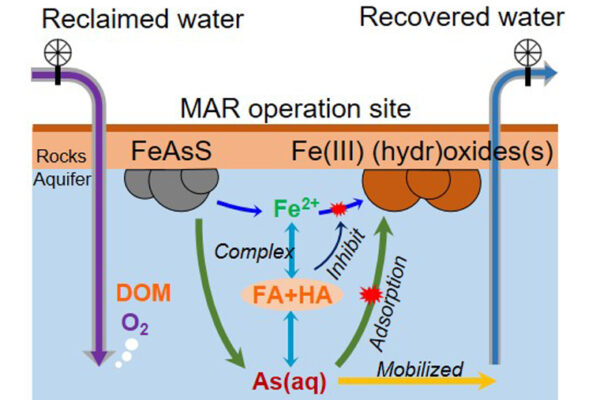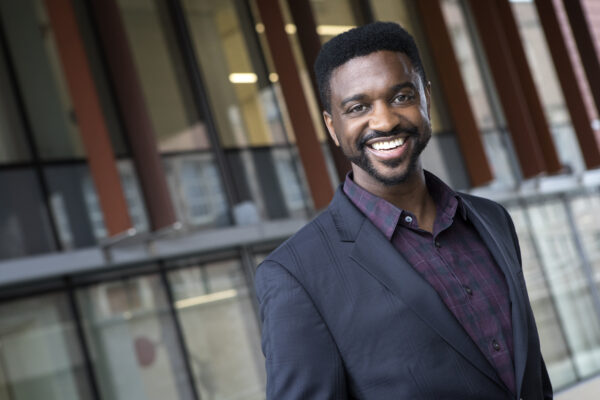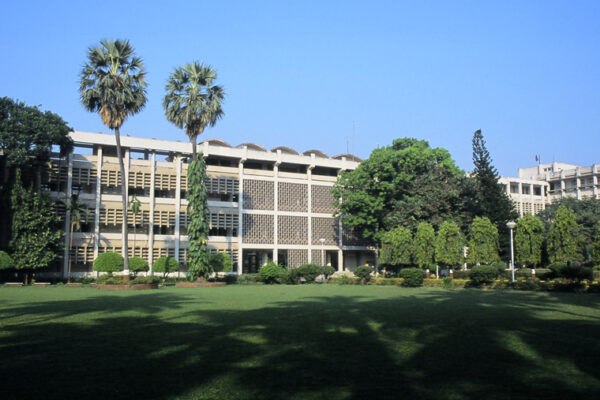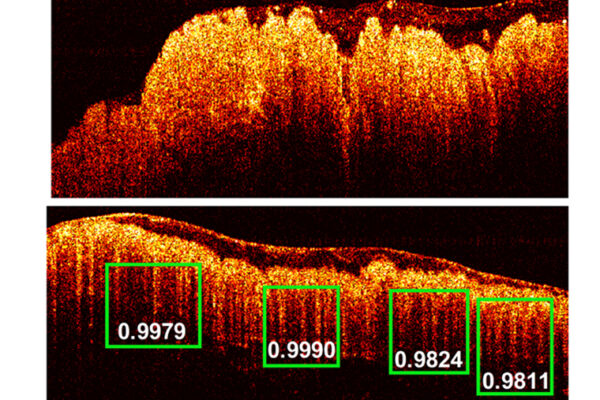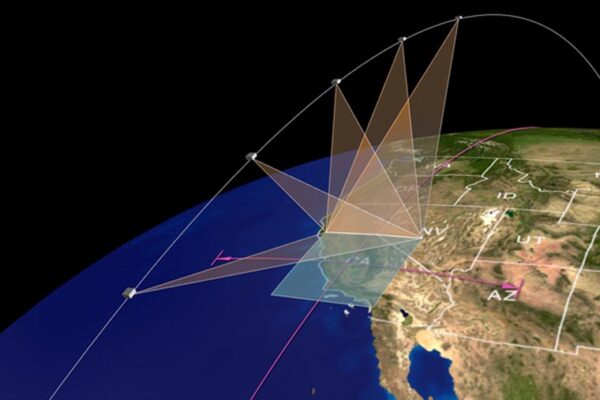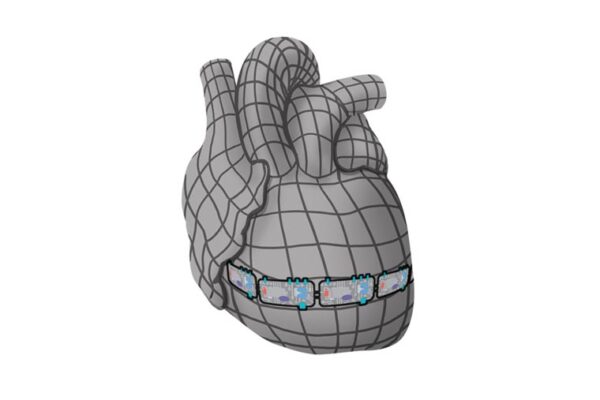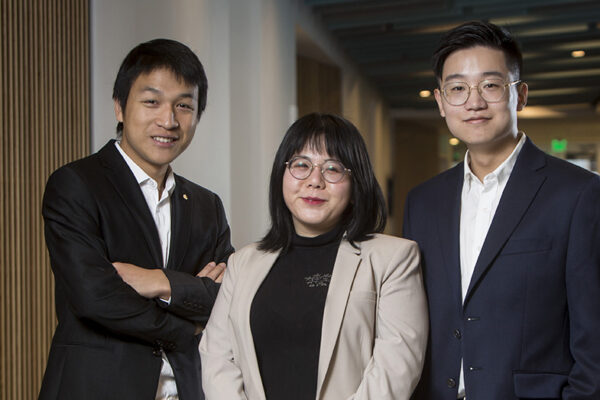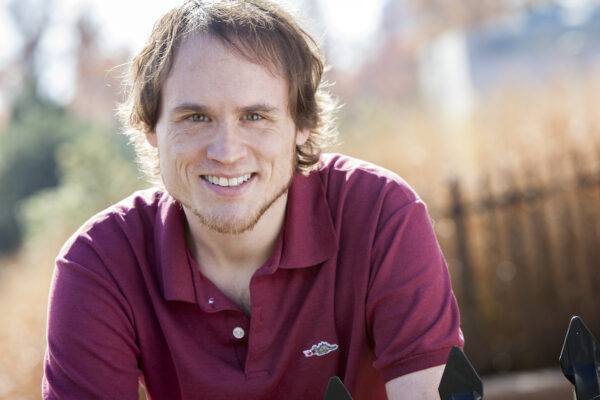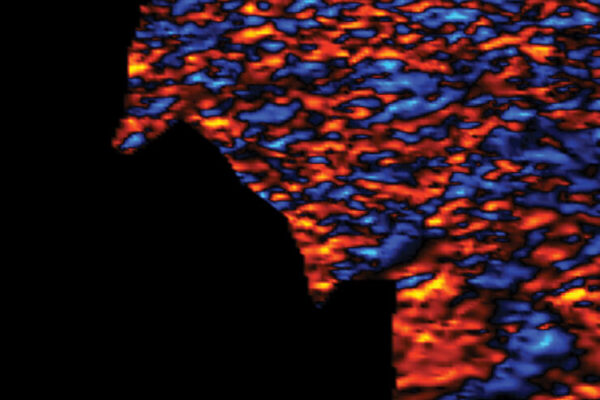Toward a smarter way of recharging the aquifer
Researchers from Washington University in St. Louis have solved a mystery: How did arsenic show up in aquifer water that had been triple purified? Dissolved organic compounds.
Plants model more efficient thermal cooling method
Patricia Weisensee, a mechanical engineer in the McKelvey School of Engineering at Washington University in St. Louis,
combined properties similar to those seen in a lotus leaf with those found on rose petals to find a more efficient way for droplets to evaporate from a surface.
Agonafer receives CAREER award for evaporation research
Damena Agonafer, assistant professor at the McKelvey School of Engineering, received a five-year $500,000 CAREER award from the National Science Foundation for research into different modes of heat transfer during evaporation.
McKelvey Engineering, IIT Bombay partner to study air pollution
A new, joint master’s degree program and shared aerosol science research facility is the latest collaboration in a long history of partnerships between the McKelvey School of Engineering and the Indian Institute of Technology, Bombay.
Machine learning, imaging technique may boost colon cancer diagnosis
Researchers at the McKelvey School of Engineering have devised a new imaging technique based on a technology that has been used for two decades in ophthalmology that can provide accurate, real-time, computer-aided diagnosis of colorectal cancer.
Analyzing characteristics of fine particles in the air from space
With a $1 million grant from NASA, the McKelvey School of Engineering’s Randall Martin is combining satellite data with measurements on the ground to better understand the pollution that makes us ill.
New model of irregular heartbeat could boost drug efficacy
Jonathan Silva, a biomedical engineer in the McKelvey School of Engineering at Washington University in St. Louis, has developed the first computational model that shows the molecular groundwork of a popular drug’s effectiveness in a variety of ways.
New student cohort welcomed to campus
The McKelvey School of Engineering at Washington University in St. Louis recently welcomed the first cohort of students funded by a prestigious new grant from the China Scholarship Council. The three-year renewable program will enable up to six doctoral students per year to pursue research on projects in the areas of life sciences, energy and informatics involving collaborations between Washington University’s McKelvey School of Engineering and Xi’an Jiaotong University.
Looking for the best from humans and machines to create new materials
A multi-institutional effort that includes the McKelvey School of Engineering at Washington University in St. Louis will bring man and machine together in an effort to accelerate the process of discovery of new materials.
The importance of collagen fibers in health
Engineers from the McKelvey School of Engineering at Washington University have shown that the length of collagen fibers has a role to play in the ability of normal cells to become invasive.
Older Stories
